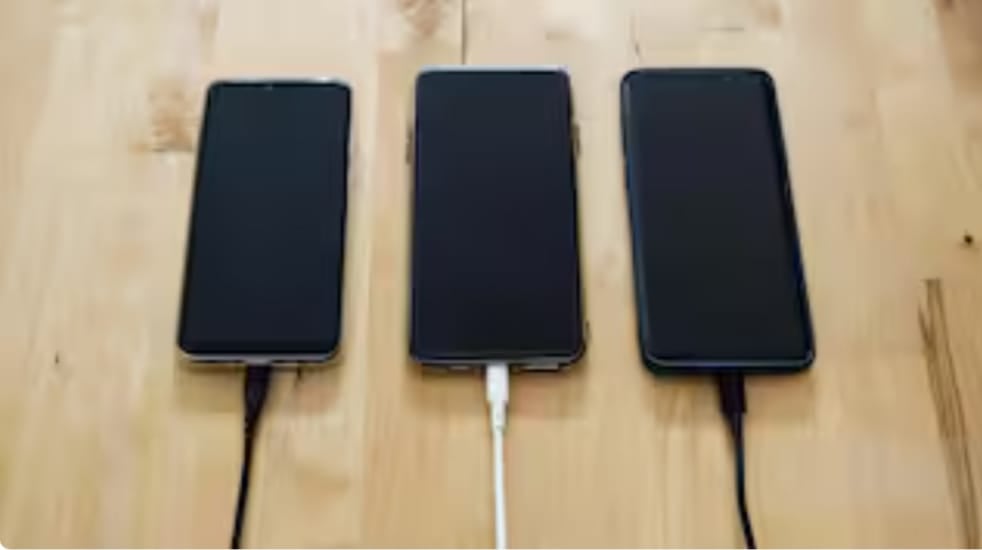
India To Adopt Common Charger Law For Smartphones And Tablets By Mid-2025
Starting june 2025, all new smartphones and tablets sold in india will be required to feature a standard charging port, allowing a single charger and cable to power multiple devices.

Starting june 2025, all new smartphones and tablets sold in india will be required to feature a standard charging port, allowing a single charger and cable to power multiple devices. This regulation is similar to the "universal phone charger" law implemented by the european union (EU). India's common charging law will extend to laptops in 2026 but will not apply to basic phones and wearables at this time, according to three informed sources, according to a report by Mint.
“USB-C or Type C charging port will be made mandatory for smartphones and tablets from june next year. Feature phones or basic phones, wearables, and wearables will be kept out for now," the Mint report cited a source as saying.
USB-C Port To Be Mandated For Laptops
The source also mentioned that the USB-C port requirement for laptops will take effect in the country at the end of 2026. These deadlines were established following discussions with industry representatives and manufacturers.
The new regulation applies across a wide spectrum of devices, including not only Android and iOS smartphones and tablets but also Windows and Mac devices. However, the law excludes small accessories like fitness bands, smartwatches, earbuds, and basic feature phones.
Although the indian Union IT Ministry has not issued an official statement yet, reports suggest that the regulation will likely be announced soon.
To recall, in 2022, the indian government unveiled its initiative to enforce uniform ports across consumer electronics, following an agreement reached during discussions with industry bodies including MAIT, FICCI, and CII. As part of this move, USB Type-C was designated as the standardized charging port for smartphones, tablets, and notebooks in India. The Type-C charging port uses a Type-C cable with identical connectors at both ends, allowing for reversible plug-in capability.
This simplifies consumer convenience by enabling the use of a single cable and charger across multiple devices. For manufacturers, adopting a standardized charging solution like Type-C streamlines their supply chains and sourcing efforts, reducing the complexity associated with multiple components specific to different charging ports.
Additionally, this transition is expected to contribute to reducing the burden of e-waste.




 click and follow Indiaherald WhatsApp channel
click and follow Indiaherald WhatsApp channel